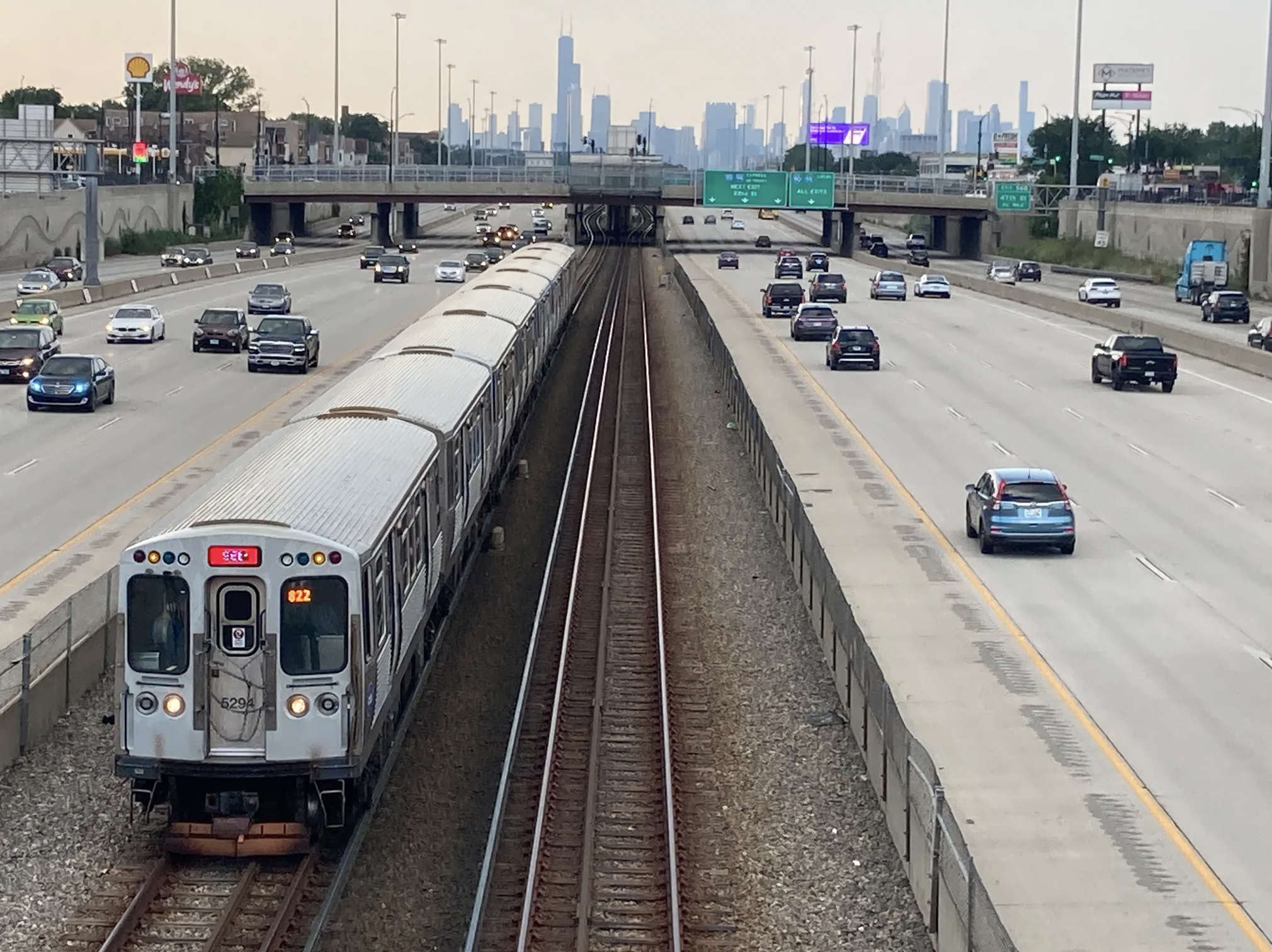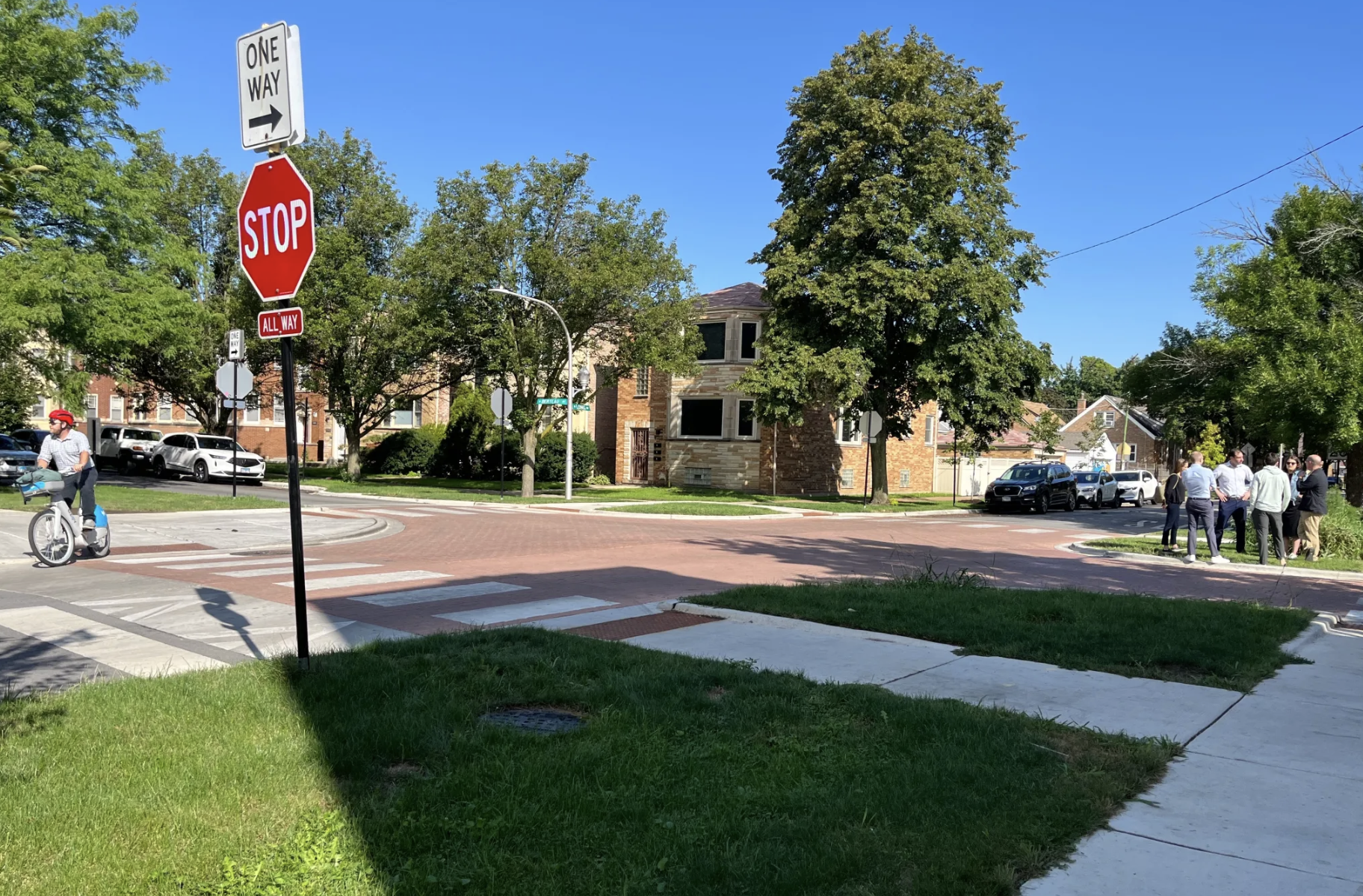
Let's get real: Illinois has a looming public transportation crisis on our hands. Federal COVID-19 subsidy money, which has kept the CTA, Pace, and Metra running despite lower post-pandemic ridership, is projected to run out by 2026. How can we dodge this transit fiscal cliff in Chicagoland, the metro region where roughly three-quarters of Prairie State residents live? Here are some possibilities that have been discussed:
• Provide an additional $1.5 billion in State funding for transit. Sounds great, but where exactly would this money come from?
• Consolidate the three systems, plus the Regional Transportation Authority, which oversees them, into a single agency, in order to save money on bureaucracy, and make it simpler to coordinate planning and service? That's an intriguing idea.
• Reduce public transportation service and raise fares to make ends meet, further shrinking ridership and launching the dreaded "transit death spiral"? For the love of Michael Jordan, please, no!
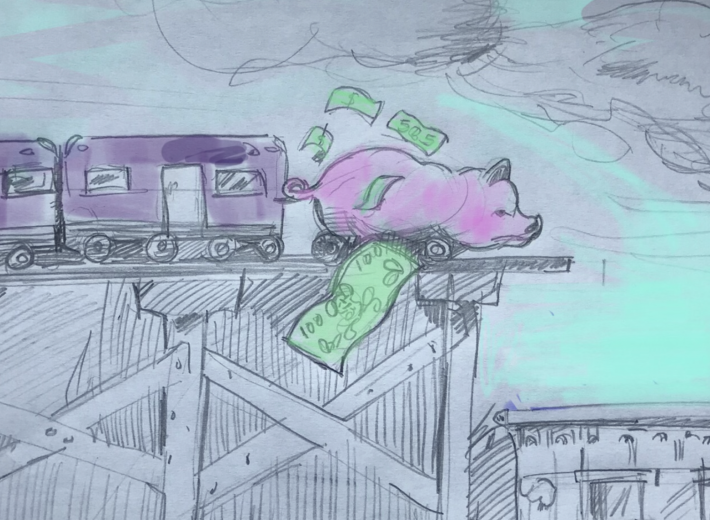
But what if I told you there's another option to help hold Illinois back from the bus-and-train brink? The vast majority of Land of Lincoln leaders are probably unaware of it.
How "Flexing Funding" could help pull transit back from the precipice
I recently spoke with Green New Deal Network Campaigns and Political Director Saul Levin about that strategy. The alliance of progressive youth and environmental justice organizations has been campaigning to push funding from the federal Bipartisan Infrastructure Law toward public transportation. They're currently trying to spread the good word to the Illinois General Assembly and generally (not always) transit-friendly Gov. JB Pritzker.
"Every governor in the U.S. has the opportunity to move money towards public transportation that they have already received from the Bipartisan Infrastructure law," Levin explained. He noted that in November, Pennsylvania Governor Josh Shapiro moved $153 million in BIL money from highway funding towards SEPTA, Philadelphia's transit authority. "We think Illinois has an opportunity to do the same."
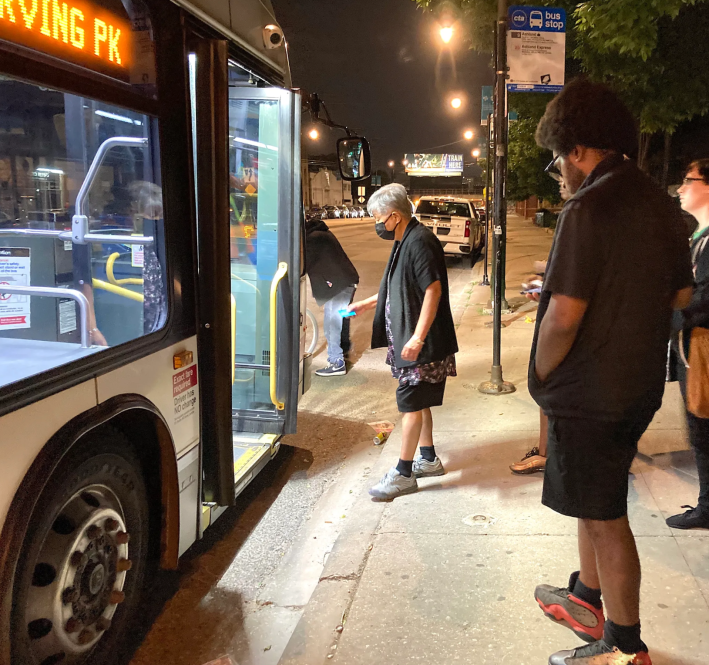
"This mechanism that we're pushing JB to do is called 'Flexing Funding,' and it would push money from the Highway Trust Fund to public transportation," Levin added. (The HTF is a transportation funding source that receives federal fuel tax revenue.) Click here to read GNDN's report on how Flexing Funding works.
"We think JB has this opportunity because there is more Highway Trust funding available than usual," Levin said. "Even though this transit money would come from the Highway Trust Fund, Illinois could still do its normal activities, fixing roads and such."
But wouldn't Illinois' road-building lobby raise a fuss if the money was moved? "For JB to achieve climate goals, expanding public transportation is a huge opportunity, and now there's federal money available for that," Levin replied.
When I spoke to Levin last week, he acknowledged that, so far, Green New Deal Network hadn't confirmed that Gov. Pritzker was aware that Flexing Funding is an option – yet. But that should change soon, if it hasn't already. Levin said GNDN is in the process of emailing every Illinois state senator and state representative to explain how this financing approach could be used to help save local public transportation.
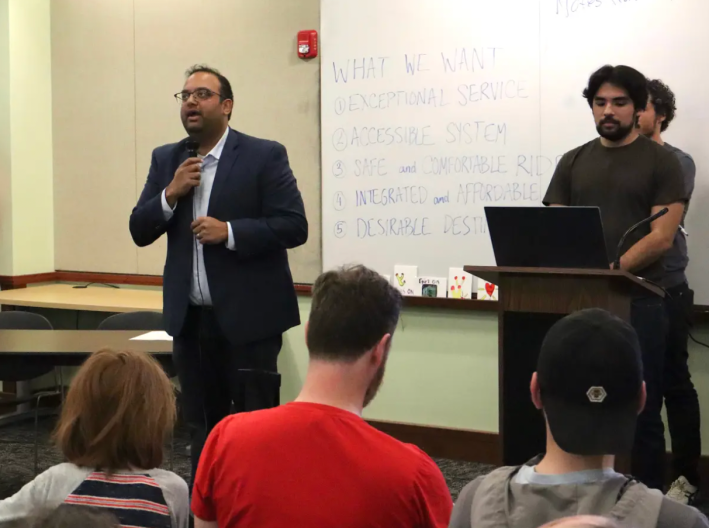
Again, that's an urgent matter in our state right now. "It's really exciting that the Illinois legislature is trying to fill that funding gap," Levin said. "But because Flexing Funding is an obscure funding tool, we're not sure that they would know it's an option. So what we're saying is, you could go further by using federal funds."
One thing that could work in Chicagoland's favor in this department is that Gov. Pritzker recently appointed former Chicago Department of Transportation Commissioner Gia Biagi to run the Illinois DOT. Thanks to her work on CTA-related projects, Biagi has an insider's perspective on the importance of adequate transit funding, and may be able to bend the governor's ear on this issue.
Other outreach by Green New Deal Network in Chicago
Levin said GNDN has had other activities that may be of interest to Streetsblog readers. On October 16, they held the happy hour campaign event, "Train Lovers for Harris" to recruit rail fans to volunteer for the presidential campaign. He said 30 or 40 people showed up for the event at Half Sour bar and restaurant in the South Loop.
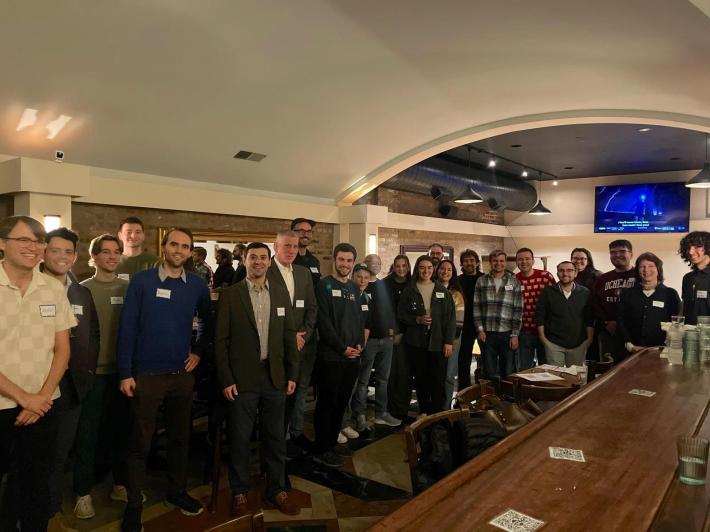
The organization also hosted an event November 18 at Little Village Lawndale High School, focused on climate change and the Green New Deal movement, with U.S. representatives Delia Ramirez (D-IL-3rd) and Chuy Garcia (D-IL-4th). "It was awesome," Levin said. "We had about 100 people, including high school students, young adults, and union members, focused on pushing climate action in Illinois. We're a national group, but we have a pretty active presence in Illinois."
Read GNDN's report on how "Flexing Funding" works here.

Did you appreciate this post? Streetsblog Chicago is currently fundraising to help cover our 2025-26 budget. If you appreciate our reporting and advocacy on local sustainable transportation issues, please consider making a tax-deductible donation here. Thank you!
